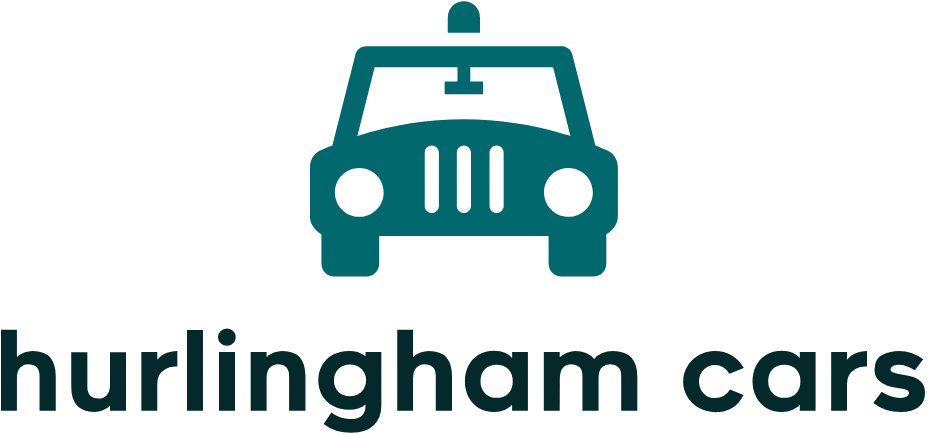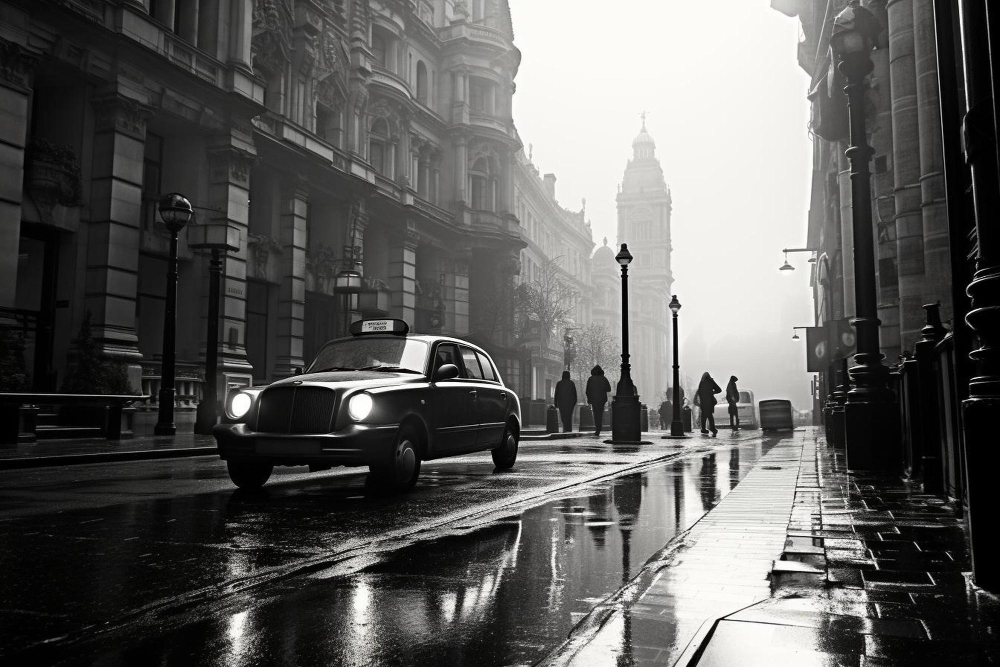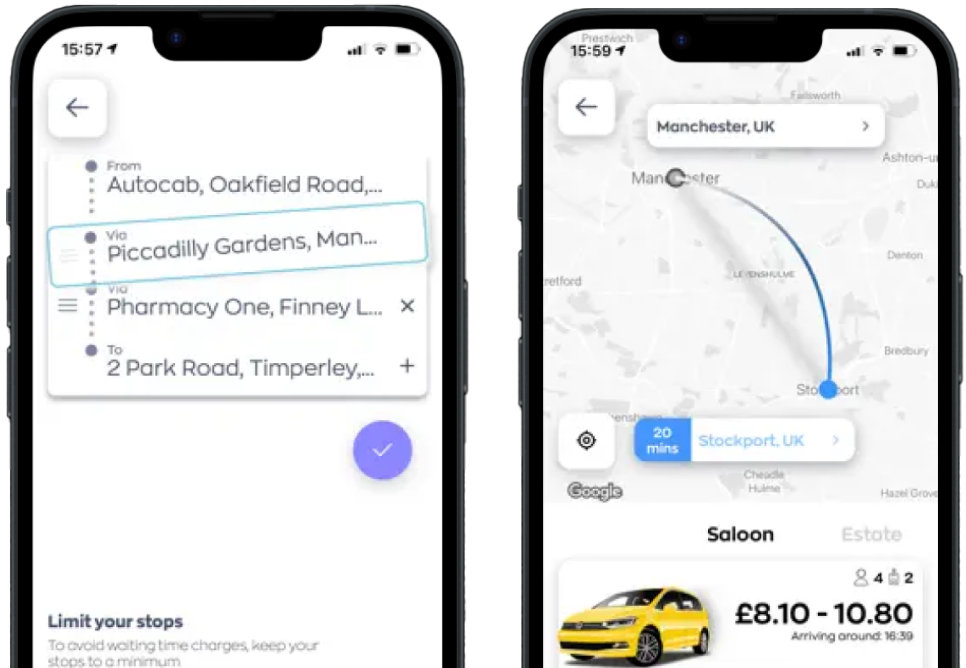Think of the thoroughfares of London and you are almost bound to conjure up images of black cabs and minicabs taking tourists and residents wherever they need to go. London has always attracted large numbers of visitors, who often need to be transported around the city in as convenient, safe and quick a manner as possible.
From the earliest days of horse-drawn transport through today’s electric-powered minicab services, London’s transport history is fascinating and diverse. Much like the city itself, in fact. Here are some fun facts about the evolution of taxi services and the transition from horse to motor to think about next time you are whizzing through London’s streets.
Watermen for Hire and Horse-Drawn Hackney Carriages
Our history of London taxis starts on the waterways. One of the earliest ways in which people could offer transport across London in exchange for payment was by boat. The watermen of the river Thames were given the right to ply for hire as in the Twelfth Century by Royal Charter and transported people around London via its network of waterways.
By 1625, the origins of Hackney carriages were established and the concept of offering transport for hire began to spread to the roads. In 1639, the Corporation of Coachmen started running horse-drawn Hackney carriages. These became London’s first licensed taxis to run on the roads. These early Hackney carriages proved extremely popular with passengers. They were pulled by strong horses and built to carry at least four people (and their luggage) at any one time.
The first Hackney cab stand was built on The Strand in 1636, right outside the Maypole Inn. This gave people a place to go and meet their transport, which could be hired via the city’s innkeepers. By 1831, there were around 1,200 horse-drawn Hackney carriages in operation, helping people enjoy greater social mobility and travel for commercial purposes than ever before. The last horse-drawn Hackney cab to be taken out of operation was not removed from service until the 1940s.
In 1869, the Commissioner of Police established the Public Carriage Office under the instructions of the Home Secretary. This body acted as the authority for London’s taxi service, now considered widely to be among the best in the world. In 1819, the ‘taximeter’ was invented by Wilhelm Bruhn as a method of calculating cab fares by measuring the distance driven and time taken to complete the journey. This device gave its name to the now commonly used byword for motorised cabs: ‘taxi.
From Horses to Petrol, via Electricity
Despite electric vehicles feeling like a very modern concept, the first battery-driven ‘taxis’ actually started operating around London as early as 1897. Known as ‘humming birds’ for their quiet hum, many considered these vehicles to be highly dangerous. This was because people could not hear them approaching. They were soon surpassed by petrol-powered taxis, which arrived on the scene in 1903 with louder engines and faster speeds.
As the motor car evolved, so did London taxis, until they resembled the ‘black cabs’ that we still see on the roads today. Black cabs remain an unmistakable symbol of London transport with their high ceilings and curved sides. The high ceilings were required to allow men wearing bowler hats to fit inside the vehicle without having to remove their headgear.
Black cab drivers were, and are still required to commit London’s network of roads to memory in an impressive feat of learning called ‘The Knowledge.’ This enables them to work out the quickest route between two places to offer as convenient and efficient a service as possible, even during busier times on the roads. Today, there are more than 25,000 black cabs in operation in and around London despite the rise of the minicab and competing app-based transport services. The light on the top of a taxi is lit up when it is available for hire to allow people to identify which vehicles are ready to be hailed.
London Cab Culture Today
Despite the black cab remaining a common sight around London, the options for people seeking transport to get them from A to B are numerous. London minicabs are licensed vehicles that can offer similar services, available to be hired for journeys of varying lengths.
Booking London minicabs has many advantages over black cabs. You can use an app or phone to arrange for the minicab to be with you at a certain place and on a chosen date and time. There is no need to hail the car in the street. Minicabs come in different sizes to accommodate different requirements, including larger passenger numbers, excess luggage space, airport runs, transporting younger children in car seats and pets. Electric vehicles are, once again, a common sight in London and offer a greener, sustainable way of getting around the city.





